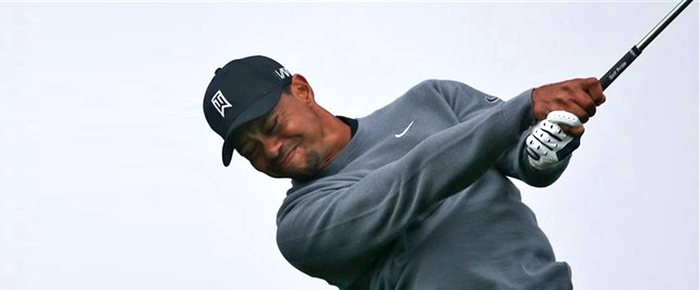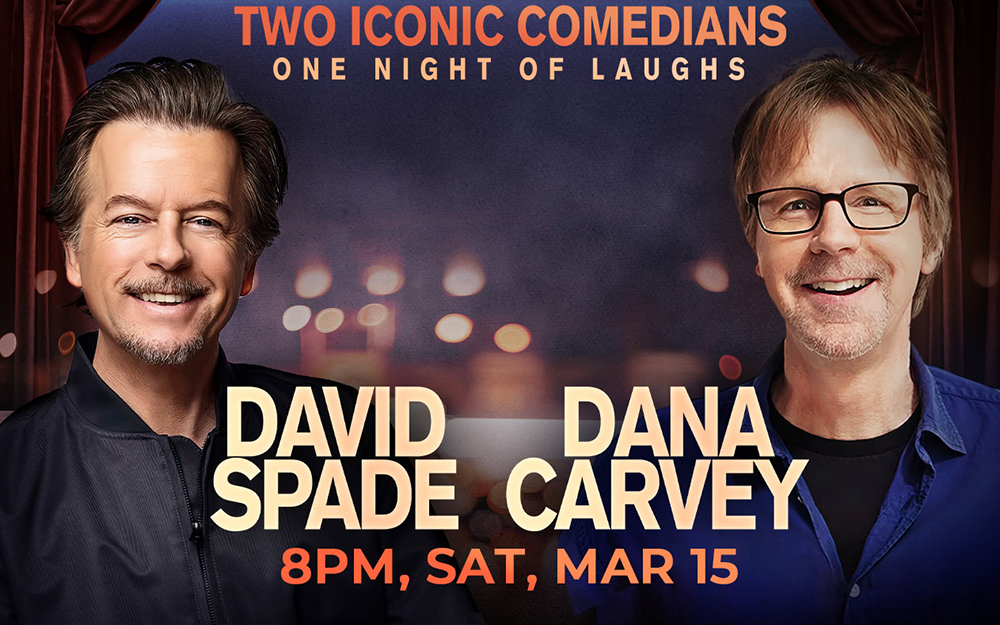
By Flint Wheeler
Last June, after he had missed three-and-a-half months of competition following back surgery, Tiger Woods sat in a chair inside a ballroom just off the massive back veranda of Congressional Country Club’s clubhouse. The domain he once ruled, Congressional’s brawny and brutal Blue Course, spread out behind him. There he twice won the tournament that benefits his foundation.
Woods was: “Very optimistic,” he said, folding one leg over the other. Then came reality.
Two days later, even as he departed his Quicken Loans National following a miserable showing that caused him to miss the cut by a gaping four shots, he somehow tried to declare victory saying, “The back is in the past.”
When he withdrew Thursday from the Farmers Insurance Open – staged at Torrey Pines, a venue at which Woods had won eight times, including the 2008 US Open, the most recent of his 14 major championships – he talked about his glutes not activating. I’m sorry what?
We know, by now, that Woods’ body is brittle. In 1997, when he was supple and explosive, he changed the parameters of what a golfer could be – a real athlete, strong and powerful.
Now, in the year he turns 40, he is broken, and there is no evidence he will ever be fixed. His first surgery came in December of 2002, removing fluid in his left knee, but he still won his first start the following year. From 1997 through 2005, he made the cut in 142 straight tournaments, a record. Playing the weekend wasn’t a question for him. Contending was an assumption.
But his next medical procedure followed the Masters in 2008 – arthroscopic surgery to clean up some cartilage damage in that left knee – and he carried that problem to Torrey for the Open. There, he could barely walk, due not just to the knee but to a pair of stress fractures in his left tibia. He won anyway, draining a 15-foot putt on the 72nd hole to force a playoff with Rocco Mediate. When the ball fell, Dan Hicks, calling the tournament for NBC, exclaimed over the din, “Expect anything different?” No one did.
There was just no way to see this coming, and people who say they did weren’t watching him win by seven shots at Bridgestone or a couple at the Players or back to back at Doral and Bay Hill. This was not his heyday, not the four straight majors in 2000-01 nor the four majors of 2005 and ’06 combined. But he could play, and he could win. And whether there was a mental block that hindered him at majors or not, he could certainly contend, and he was expected to do so every time he put the peg in the ground.
There is the back now, of course, and that’s why he withdrew at Bridgestone last August, why he walked off the course Thursday. His next appearance is now uncertain. When Woods hosted another event last December – the Hero World Challenge at Isleworth Golf and Country Club outside Orlando that is staged by and benefits his charity, which used to be the course on which he lived – something just as alarming surfaced. Suddenly, Woods couldn’t chip. This master, maybe the best ever – the guy who holed out from behind the 16th green at the 2005 Masters, a shot that Lanny Wadkins, offering analysis before Woods stood over his ball, called “one of the toughest pitches in the entire place here” – could no longer find any semblance of touch or feel.
As he chunked pitch shot after pitch shot, in some cases leaving 15-yard shots 10 yards short of the green, he looked confused. That week, he tied for 17th, which statistically looks like his best finish since the start of 2014 – until you consider that it was an 18-man field, and he merely tied for last, 26 shots behind winner Jordan Spieth.
Was that the back? Was it the back when he made his 2015 debut last week at the Waste Management Phoenix Open and shot a second-round 82, the worst competitive score of his career? “I’m fine,” he told reporters then. “That’s not an issue anymore.”
In the past calendar year, Woods has completed a Sunday round four times. That’s the reality folks. We are what our scorecard says we are. Hope you enjoyed him when you had the chance.









































